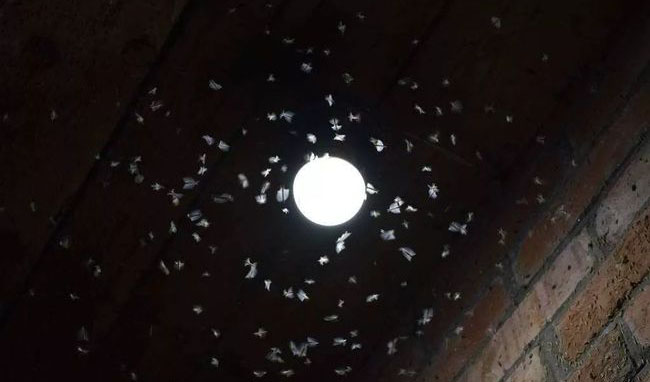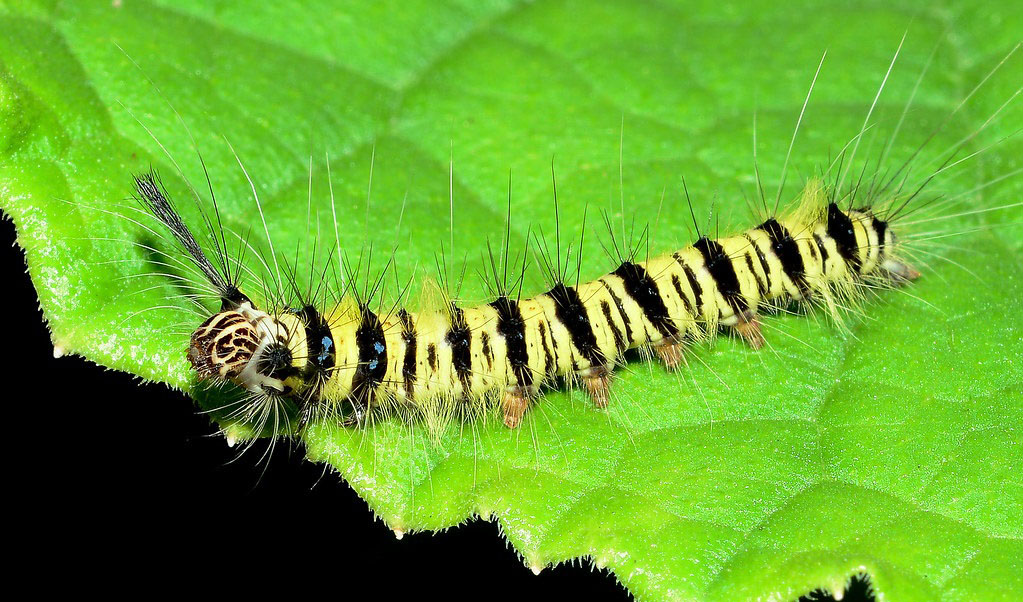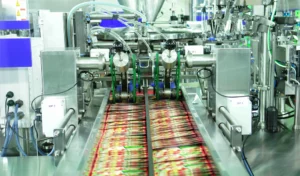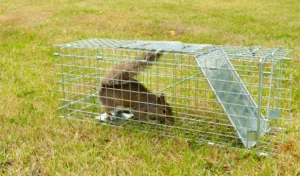Summer is the peak season for breeding of various agricultural pests. Pests can eat the leaves or stems of crops or cause direct damage by burrowing in their roots. In addition, some pests can spread diseases between different crops through viruses. Therefore, it is important to have effective pest control on crops during the summer months, otherwise crop damage can result in economic losses. When pest control in agriculture is mentioned, insecticides will surely come to the mind. The importance of insecticides to agricultural production is out of question. However, the problem of insecticide residues caused by the extensive use of chemical insecticides should not be ignored. Insecticide residues can cause instant poisoning in people. More often than not, toxins can accumulate in human body. Its long-term accumulation will eventually lead to chronic poisoning or other related diseases. In addition, the overuse of chemical control methods can also cause soil pollution, affecting the long-term productivity of the land. Compared with conventional chemical control methods, bug zappers will be a great alternatives to do the work.
As a kind of physical control technology, the light trap of bug zappers is a good method to effectively kill pests and ensure the quality and safety of agricultural products.

The Principle of Bug Zappers
Taking advantage of the phototaxis of insects, a bug zapper selects the specific spectral range which is sensitive to pests as the attractant light source to attract and kill them. UV light with wavelengths ranging from 320 to 400nm is highly attractive to hundreds of insect species. The wider the spectrum in the range of UV light and visible light, the more insect species will be attracted by the UV light.
The use of bug zappers can effectively eliminate agricultural pests, bring down the possibility of insect-borne diseases of crops, and promise the quality and safety of agricultural products without using chemical insecticides.
Who Can Bug Zappers Kill?
Bug zappers are effective in attracting and killing more than 2000 species of agricultural pests in 87 families including cotton bollworms, scarabaeidae, cutworms, corn borers, owlet moths, fall armyworms, pine caterpillars, long-horned beetles, etc. They can provide farmland protection 24 hours a day throughout the year, significantly controlling the number of pests in their range.

The Development of Bug Zappers
The use of light to attract pests does not appear just recently. Fire has long been used to attract pests and protect crops in human history. A few decades ago, kerosene lamps were once widely used in earlier bug zappers.
In modern times, the common bug zappers include AC powered bug zappers, battery-powered bug zappers and solar bug zappers, etc.
An AC-powered bug zapper needs power supply lines that meet safety standards, so the investment cost is high. There are also safety risks in farmland environment and possibility to injure people and animals. A battery-powered bug zapper is equipped with batteries and a charger, which is safer than an AC-powered type. But their disadvantages lie in the higher price, the additional electricity costs in the use, and the manual operation and maintenance in battery charging.
A solar bug zapper is powered by solar panels and can be used anywhere the sun shines during the day. During the day, the solar panels charge the battery. At night, the battery provides electricity for the UV lamps within the equipment. They do not need any power supply lines to provide electricity. So, solar bug zappers are energy-efficient and environment-friendly pest killing equipment representing the latest development trend.
Benefits in Using Solar Bug Zappers
A solar bug zapper does not use any chemical insecticides or pose any safety risks. It just requires minimal maintenance work for its pest killing work. Therefore, it is a physical control method against agricultural pests with the lowest cost, the least labor work and the least side effects. More than that, the pests killed and collected during the operation of solar bug zappers can provide high protein feed for the insectivores in the breeding industry. Therefore, it will also reduce their feed cost, improve the product quality and the comprehensive utilization of resources.



